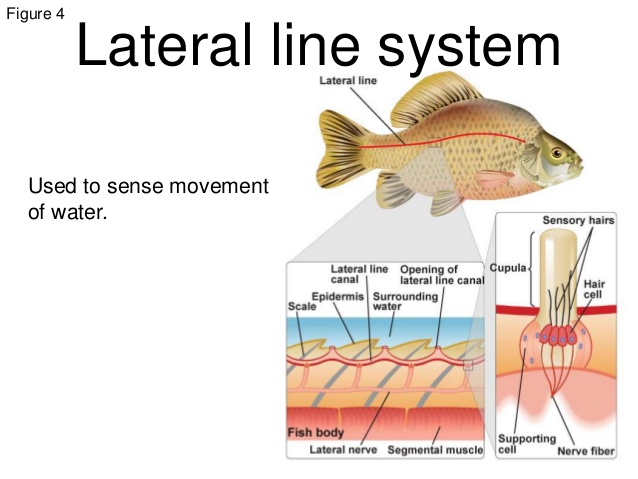
sensory system of animals
The sensory system detects signals from the outside environment and communicates it to the body via the nervous system. The sensory system relies on specialized sensory receptor cells that transduce external stimuli into changes in membrane potentials. If the changes in membrane potential are sufficient to induce an action potential, then these action potentials are then communicated along neurons within the afferent division of the PNS to the CNS for information processing. The CNS integrates and interprets the incoming signals to effect a response to the appropriate body systems via the efferent division of the PNS.
Sensory receptor cells can be:
- specialized neurons (the receptor cell is also a neuron)
- specialized sensory cells which synapse with a neuron (the receptor cell secretes neurotransmitters to stimulate changes in membrane potential in the synapsed neuron)
Sensory receptor cells transduce (convert into changes in membrane potential) incoming signals and may either depolarize or hyperpolarize in response to the stimulus, depending on the sensory system. In vertebrates, each sensory system transmits signals to a different specialized portion of the brain such as the olfactory bulb (smell) or occipital lobe (sight), where the signal is integrated and interpreted to effect some sort of response (often motor output) via the PNS.
Different sensory receptor cells are specialized for different types of stimuli, and are categorized by the type of stimulus they detect. Sensory receptor cells include (but are not limited to!)
- Mechanoreceptors: respond to physical deformation of the cell membrane from mechanical energy or pressure, including touch, stretch, motion, or sound
- Chemoreceptors: respond to specific molecules, often dissolved in a specific medium (such as saliva or mucus), or airborne molecules
- Photoreceptors: respond to radiant energy (visible light in most vertebrates; visible as well as UV light in many insects)
- Nociceptors: respond to “noxious” stimuli or essentially anything that causes tissue damage
- Thermoreceptors: respond to heat or cold
All bilaterally symmetric animals have a sensory system, and the development of any species’ sensory system has been driven by natural selection; thus, sensory systems differ among species according to their history of natural selection. For example, the shark, unlike most fish predators, is electrosensitive- that is, sensitive to electrical fields produced by other animals in its environment.
Humans and many other vertebrates have at least five special senses: olfaction (smell), gustation (taste), equilibrium (balance and body position), vision, and hearing. Additionally, we possess general senses, also called somatosensation, which respond to stimuli like temperature, pain, pressure, and vibration.


